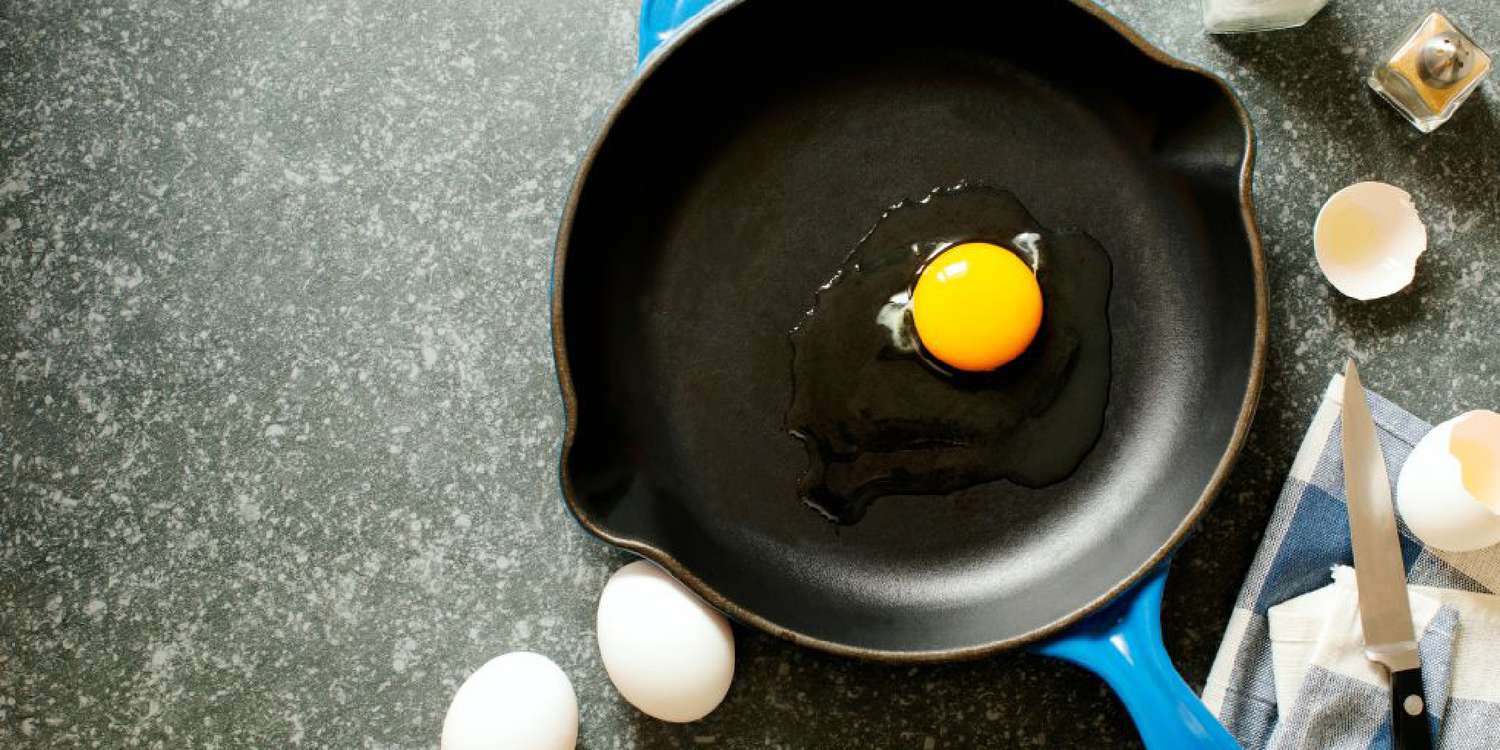Have you ever cracked open a raw egg but noticed two white strands floating around the translucent egg white? And have you ever wondered whether they are edible?
Rest assured that the two white strands are safe to eat and are a natural structure within the egg. And no, they aren’t anatomical parts of an embryo or a chicken’s umbilical cord.
What Are the White Strands Inside Raw Eggs?
These two twisted-like strands, called chalazae, are structural parts of the egg white that protect and hold the yolk in place at the center of the egg. Without them, the yolk could sit on one side of the egg or press against the shell.
When the egg is intact inside the shell, one end of each of the two chalazae is attached to the egg yolk while the other end embeds within the white.
These two chalazae also serve as an indicator of the eggs’ quality and freshness. The higher the quality of the eggs (like the Grade AA, Grade A, and Grade B), the more visible the chalazae are. If you don’t see any chalazae when you crack open an egg, this could mean that the egg is of a lower quality or the egg that has past its prime time.
Are Chalazae Safe to Eat?
Chalazae are perfectly safe to eat, and when the egg is cooked, they’ll disappear and blend in with the egg white. If you plan to use the eggs to make a recipe that requires a smooth consistency, like custards, use a strainer to strain the eggs or use a fork to remove the chalazae.
You won’t find the white strands floating around in prepackaged liquid egg white or liquid egg yolk because the chalazae are removed during pasteurization.
Related:
- How Much Does the Size of Eggs Matter When Cooking?
- Brown Eggs vs. White Eggs: Is There a Difference?
- 15+ Ways to Use Up Leftover Egg Yolks




